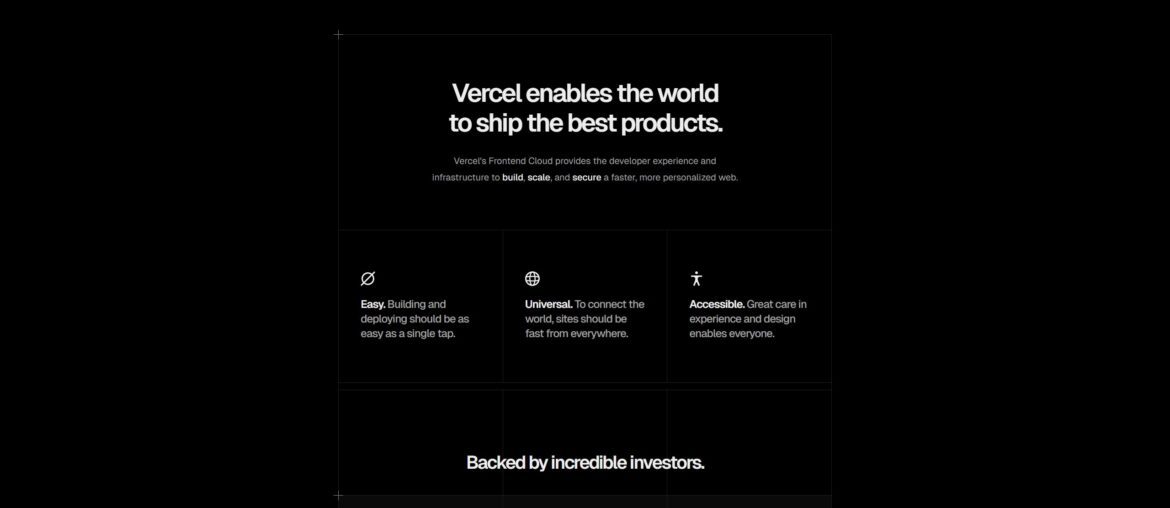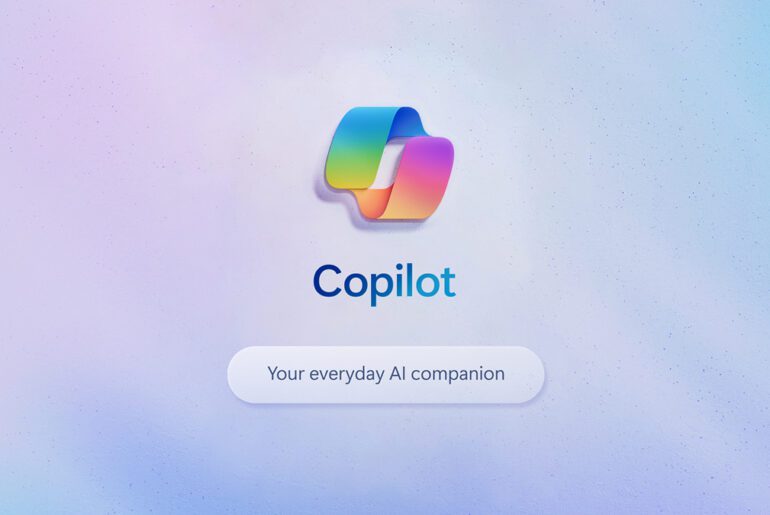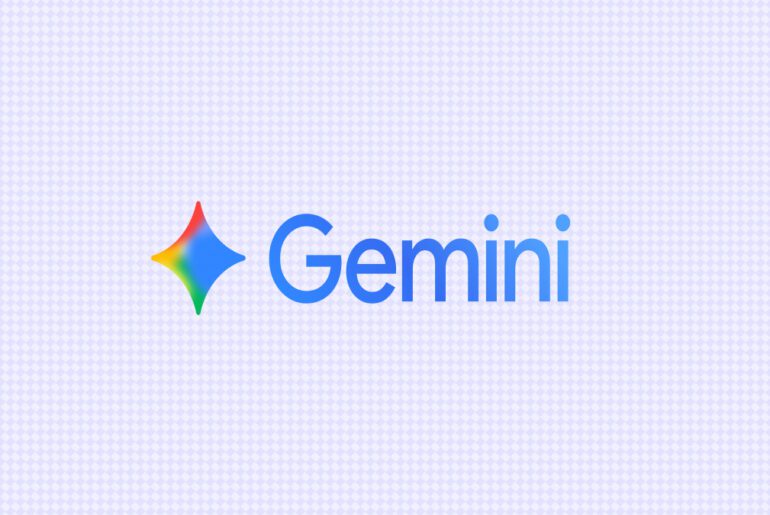Vercel today announced it has closed a $300 million Series F round, valuing the company at $9.3 billion. The raise comes at a moment when developer platforms are under pressure to evolve — and when enterprises are scrambling to harness AI without rebuilding their cloud stacks from scratch.
The round was co-led by Accel and GIC, with heavy participation from new backers like BlackRock, Khosla, and Schroders as well as existing backers such as Salesforce Ventures and Tiger Global. Alongside the new money, a $300 million secondary tender will allow early employees and investors to cash out later this year.
But beyond the optics of valuation, this financing signals something deeper: Vercel believes that the next wave of cloud infrastructure must be built for AI first — not retrofitted around it.
Why this matters now
Five years ago, Vercel built its reputation by helping developers ship high-performance web experiences. But the world has changed. AI-enabled apps and agents now demand infrastructure that can manage bursts, idle waits, untrusted code, and multi-model orchestration — challenges that traditional serverless and cloud platforms struggle with. Vercel’s gambit: build a unified “AI Cloud” that abstracts away all that complexity.
With its new raise, Vercel is doubling down on that bet. It plans to scale its v0 agent (which already counts over 3.5 million users) and expand new capabilities like the AI Gateway, AI Sandbox, and Fluid compute. v0 Mobile (in public beta) enables developers to issue voice and camera prompts while on the go — a signal of how Vercel imagines a future where development isn’t tethered to the desktop.
For developers, this could be transformative. Instead of stitching together dozens of AI APIs, orchestration tools, compute layers, and security guardrails, teams might get a far more cohesive, secure, and scalable stack. For enterprises, the value lies in speed and risk mitigation: build new AI features faster with less infrastructure overhead, while getting built-in protections against “vibecoding” — a term already emerging to describe the risks of AI-generated code misuse.
The stakes and tensions
But aggressing into AI infrastructure is not without hurdles or rivals. Vercel’s previous funding round in 2024 pegged it at $3.25 billion — meaning this new valuation nearly triples that mark. Rapid growth is expected — but sustaining generative-AI scale reliably is a challenge few incumbent cloud providers have solved well.
On one side, Vercel must keep winning over developers’ trust (not going to be easy given the recent events). Its tools are most powerful when they become part of developers’ daily flows; if performance, latency, billing unpredictability, or security gaps emerge, friction could kill adoption. On the enterprise side, buyers will ask tough questions: vendor lock-in, stability, compliance and auditability will matter as much as novelty.
To sharpen the tension further, some of Vercel’s partners are also collaborators — or competitors. For example, companies building LLMs, agent frameworks, or internal AI platforms may choose to internalize infrastructure rather than outsource it. Vercel must convince not just startups, but robust AI-led teams and large enterprises, that its abstraction layer is superior to building in-house.
Moreover, the cash-rich cloud giants (AWS, Azure, Google Cloud) have deep pockets and decades of infrastructure experience. They too are racing to build AI-first services. Vercel’s slim advantage could be developer experience — but it must prove it at scale.
The trajectory is unmistakable. Vercel’s annual recurring revenue reportedly crossed $200 million, up from around $100 million 15 months earlier. Gross margins on its core web hosting and cloud services have hovered near 76%, giving it some cushion to invest aggressively. The company now spans over 650 employees.
In terms of recognition, Vercel is now the only vendor placed as a Visionary in the 2025 Gartner Magic Quadrant for Cloud Native Application Platforms. That positioning bolsters its pitch that it’s pioneering, not following.
What it means for developers, teams, and the market
For individual engineers or small AI teams, Vercel’s ambition signals possibility: imagine writing English prompts and deploying full-stack agents with automatic scaling, safety sandboxes, and multi-model support built in. A single, integrated platform reduces the cognitive load of managing model endpoints, deciding compute tiers, and defending against injected code or authorization leaks.
For larger organizations, Vercel is pitching a new frontier in digital transformation. Many AI initiatives stall not due to ideas but due to engineering complexity. Vercel wants to absorb that friction and let enterprise product teams stay focused on features, not cloud plumbing.
In the broader market, this push may accelerate consolidation around platforms that tightly blend developer tools and infrastructure. If Vercel succeeds, it could nudge more AI-enabled companies to skip building their own infra and instead leverage composable AI ecosystems.
Risks and signals to watch
The next year will be critical. Key indicators to track:
- Adoption momentum: How many new enterprises adopt Vercel’s AI Cloud, and how fast do they scale up usage?
- Performance and cost parity: Can Vercel deliver predictably low latency and efficient billing under heavy AI loads?
- Interoperability and portability: Will customers feel locked in, or can they shift cores and models if needed?
- Competition pushback: How will giants like AWS, Google, and Azure respond — will they try to replicate or subsume similar abstractions?
- Monetization balance: Can Vercel turn rapid user growth into sustainable dollars without eroding margins through discounting or over-extension?
Perhaps the boldest bet here is cultural: Vercel is positioning itself not just as a tool vendor, but as a force rewriting how AI applications are built. If it succeeds, it may change developer mindsets: we’ve long accepted that infrastructure is plumbing you must defer to specialists; Vercel argues that in the AI era, infra must be as seamless as code.
For now, the market has responded — and fast. The nine-figure check is a show of faith. The question going forward is whether Vercel can deliver — not just in demos, but in the messy, infinite-scaling, security-sensitive world of production AI.










